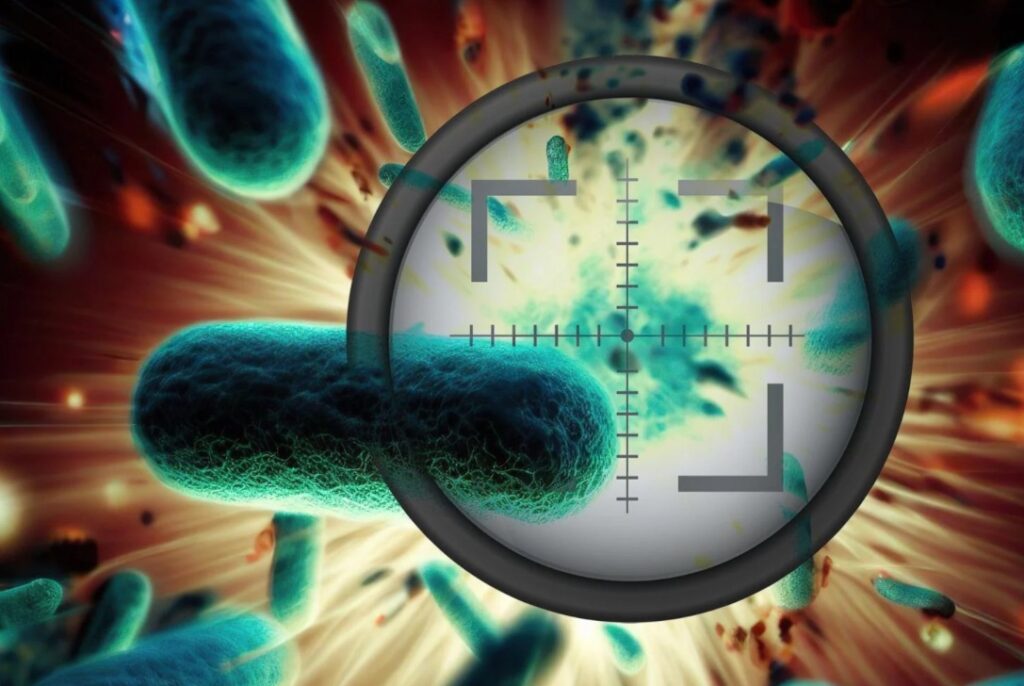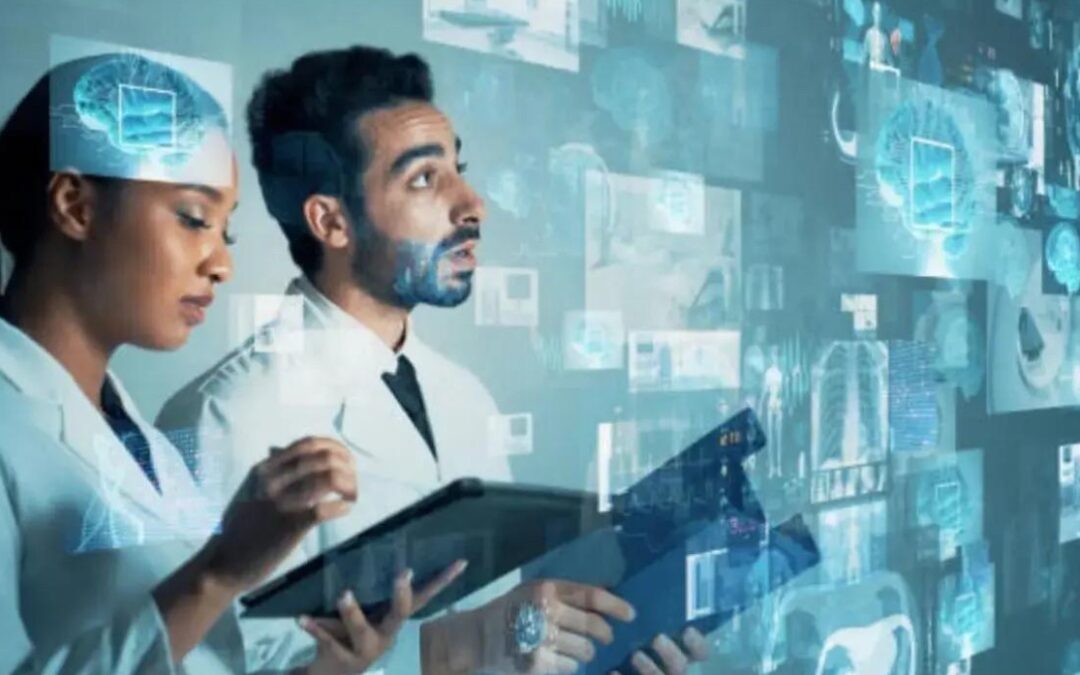Artificial Intelligence Is Ushering in a “Second Golden Age” for Antibiotics
When scientists at MIT recently revealed that generative AI helped design two novel antibiotics effective against MRSA and drug-resistant gonorrhoea, it marked a seismic shift in antibiotic research. Traditionally, discovering antibiotics meant sifting through soil or existing chemical libraries. Now, AI algorithms can conjure entirely new molecular structures, exploring chemical spaces human chemists could never reach.
Using generative AI, the MIT team screened over 36 million candidate molecules. Two finalists—NG1 and DN1—demonstrated potent antibacterial activity in vitro and cleared MRSA infections in mice. What’s groundbreaking is that these compounds diverge structurally from any known antibiotics, making them less prone to existing resistance mechanisms. That structural novelty gives hope of prolonging efficacy far beyond the few years typical for new antibiotics.

The real-world impact: MRSA infections, notorious for defying standard treatments, were effectively eliminated in mouse models. That’s not just lab success—it suggests a real opportunity to reclaim ground lost to antibiotic-resistant bacteria. Moreover, the approach isn’t limited to these two compounds; the MIT team plans to extend AI-driven discovery to other major pathogens, including tuberculosis. These aren’t afterthoughts—they’re foundational commitments embedded directly into the research.
That optimism aligns with broader trends in biotechnology. Groups at Stanford and the University of Pennsylvania are applying AI to entirely different domains: Stanford’s “SyntheMol” system recently generated six candidate molecules targeting notoriously resistant Acinetobacter baumannii strains. Meanwhile, Penn’s work with the APEX model led to the discovery of over 12,000 “archaeasins”—antibacterial peptides derived from ancient Archaea—that proved effective in animal testing. These diverse strategies underscore a central conclusion: AI isn’t just speeding up old methods—it’s unlocking novel chemical frontiers, from peptides to small molecules, previously inaccessible to science.
Yet amid this promise lies caution. Lab and animal success, while exciting, do not guarantee human efficacy. AI-designed compounds must still endure rigorous preclinical work and multi-phase clinical trials—a process that could take years. Then there’s the concern of overconfidence: as Liam Shaw notes in Dangerous Miracle, antibiotics revolutionized medicine in the 20th century but were abused to such an extent that today’s superbugs thrive. AI-generated drugs might follow the same track unless we adopt disciplined use policies—especially given how rapidly bacteria evolve.
Fortunately, there are positive signs. The MIT effort, backed by the Jameel Clinic and funded through initiatives like the Audacious Project, treats antibiotic stewardship as equally important as discovery. There’s increasing awareness among biotech firms and policymakers that without responsible antibiotic deployment—paired with novel discovery—this golden age will be short-lived.
In essence, the AI breakthroughs announced today signal both opportunity and responsibility. Their ability to generate unique, effective antibiotic candidates rapidly is nothing short of revolutionary. But as this innovation races forward, it must be matched by careful testing, ethical stewardship, and a global commitment to managing antibiotic use sustainably. If we manage to do that, we could very well be witnessing the rebirth of antibiotic discovery, not as a relic of the past but as a dynamic, AI-augmented future capable of staying one step ahead of evolving superbugs.

